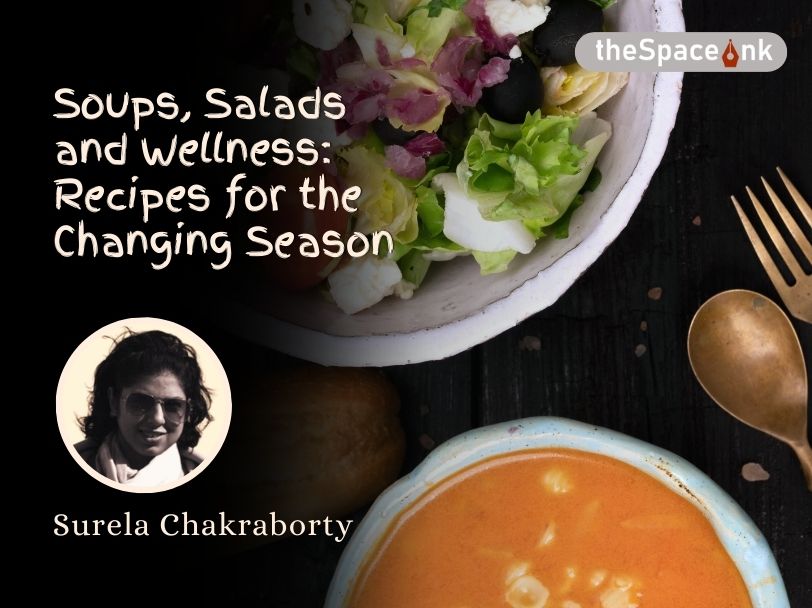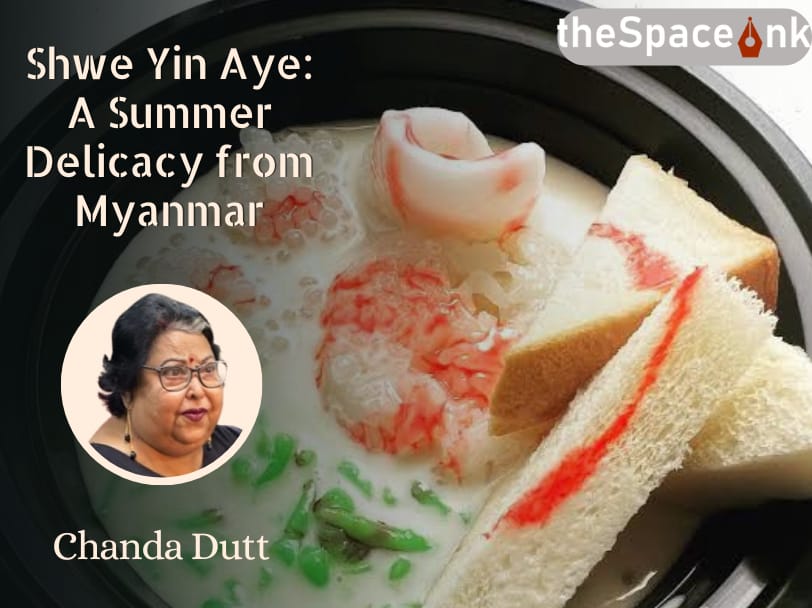Kolkata is now a Foodie Paradise. There are all kinds of restaurants and cafes in every nook and corner of the city serving arrays of food from India and around the world. We made a beeline for the delicious Puchkas of Calcutta, the Jhal Muri and Churran Wallah’s Churan after school; these are still very much a part of the Calcutta landscape. In fact there are so many more street foods available that Camac Street makes it onto an international list for street food. However, the dine-in restaurants and cafes of Kolkata have undergone sea change in the last decade or so.
While Park Street was the place to eat when I was growing up through the sixties, that is far from the case today. Park Street does have a few classics that are still popular– Mocambo, Trincas, Barbeque, Peter Cat and Kwality’s but Sky Room and Blue Fox, known for their excellent continental food, closed in the early nineties and early 2000s respectively. There are several new restaurants in and around Park Street with popular Pan Asian cuisine, but the trend setters are mostly in South Kolkata. High-end restaurants are in Five Star hotels and a few malls that did not exist in my youth. The only Five Star hotels were the Grand Hotel and the Great Eastern, and I had never been to either for a meal.
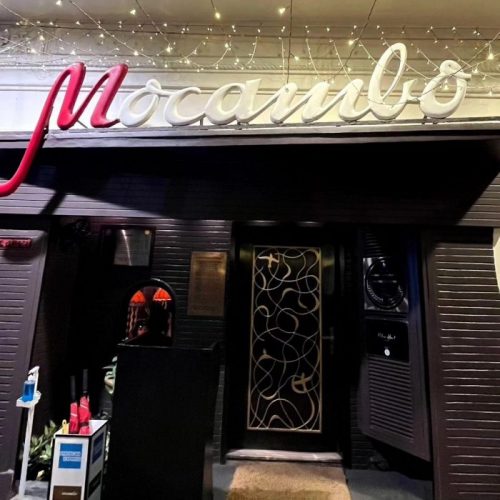
My father always knew where the best food was available. It was Dwaricks for Mishti Dal and Luchis, and the Lakes for Dosas were regular treats till Suruchi on Eliot Road and Jyoti Vihar opened on Midleton Row, renamed Ho Chi Minh Sarani at the height of the Vietnam War as the American Consulate was situated on it. Of course, there was Nizam’s for kathi rolls and kebabs. Going to Kwality’s for an ice-cream sundae in a tall cold glass with chocolate sauce and a cherry on top seemed so very swanky. My parents never took us to the posh restaurants on Park Street and I envied my friends dining at Sky Room, Blue Fox or Mocambo. Flury’s cakes and their Bakewell Tart were prized, as in our home we mostly had my mother’s legendary dark chocolate cake and baked goodies like brownies and lemon bars for tea.
After saying Kiddush and breaking challah bread from Nahoums on Friday nights as our sabbath ritual, we had Aloo Makalla, a simple but extremely popular Calcutta Baghdadi delicacy. Makallah means ‘fried’ in Arabic– it was a whole deep-fried crisp potato that was hard on the outside and soft and soaking in oil on the inside. The crisp shelled potatoes were accompanied by roast chicken and Mahashas, vegetables stuffed with rice, minced chicken, and mint. Both were eaten with Hilbe, thick green fenugreek with lime and chili Hilbe. This first course was followed by chicken curry and rice and a homemade dessert. My favorite was lemon meringue pie or meringues with fresh cream. During the holidays on Saturday mornings, I felt very grown up when my dad took me to the Nahoum home for a Hameem brunch. This is a single pot dish that cooks overnight as one is not allowed to light a fire on the sabbath. There is a chicken stuffed with rice, chicken and vegetables and soupy, and a thick crust of rice that is like a biscuit accompaniment.
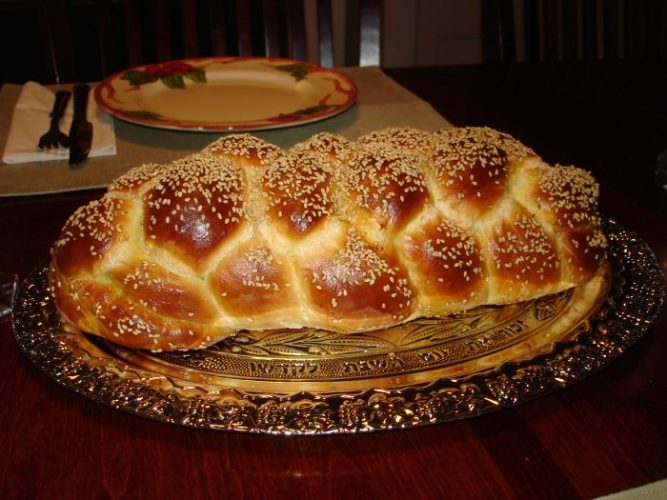
We had regular Jewish food once or twice a week and on festivals– Beet and Bamia Khatas with Kubbas and Pilao, Chitanee and Spaytey, tomato and Aloo Makhmoosas with Khala bread, fish Arook and damp Matzah with Halek at Passover, and Makhmoorah on Roshashanah and Simcha Torah (our Jewish festivals). I could not keep my hands off the tantalizing ovals of spicy plum Tikya and the sour red plums that were split open and stuffed with salt and chili that were set out to dry on long white sheets in the gentle winter sun. We ate regular, if Anglicized, Indian food at home as well as Pantras and salads, Potato Chops, Spaghetti, Pizza and Cutlets. My ma remembered to make us Brain Cutlets a couple of days before exam time, and promptly forgot to serve it to us the rest of the year! No wonder I never fared well in school!
I looked forward to Biryani lunches on Eid, Dhansaak and Prawn Patia at our Parsee friends’ homes, and Jhal Frezi and Pepper-Water with our Anglo-Indian friends. At school I tucked into tiffin boxes filled with food from so many communities. I happily exchanged corn beef sandwiches for spicy Aloo Parathas. I will never forget my first taste of Sushi at my friend Ikuko’s birthday party. At the age of thirteen rice and raw fish wrapped in seaweed tasted ghastly and discreetly throwing it away was a feat.
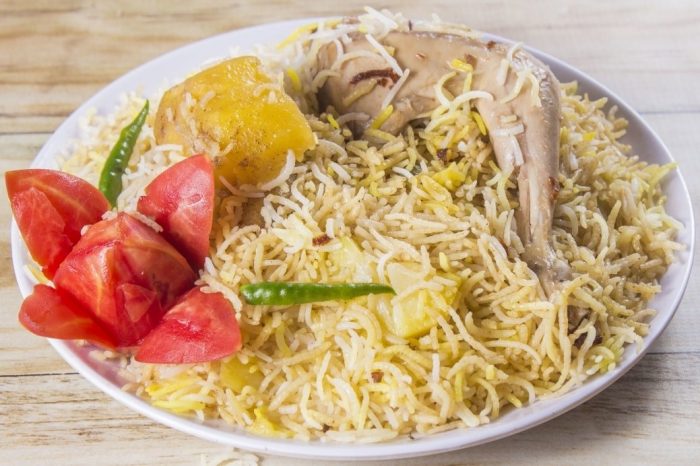
What I miss today are the Stick-jaws, Toffees, Soft mints, and Marsh-mellows and fudges that melted in your mouth that Penny Hillier brought in her brown leather briefcase to school each day; the man selling Roza cookies, Coconut Kulichas, Kakas, and Nankatais at our doorstep. When I was very young a Baghdadi gentleman and his coolie came home with Halkoon, Halvarashi, and Sesame Candy. We no longer have the delicious white plaited cheese that was soaked in salt water that my granny made and we later bought from Nahoum’s. I have fond memories of the very fluffy and light Sonpapri I ate perched on the rails of the racecourse, and the bright pink candy floss at the zoo
Oh Calcutta! You still make my heart and stomach groan with delight.
Images courtesy: Wikimedia Commons and Facebook.
Jael Silliman, born in Kolkata, was educated at Wellesley College, Mass., Harvard University, University of Texas, Austin. She received her doctoral degree in international education at Columbia University. She has written extensively on gender and economic development, and women’s movements in the developing world. 'The Teak Almirah', 'Where Gods Reside: Sacred Places of Kolkata', 'Jewish Portraits, Indian Frames: Women's Narratives from a Diaspora of Hope' are some of her published works.





